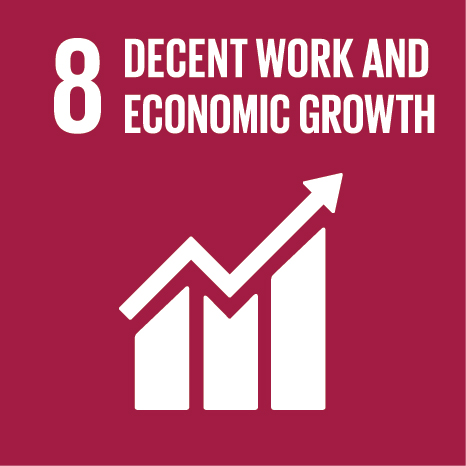Ciência_Iscte
Publications
Publication Detailed Description
The use of poison pills by US firms over the period 1997-2015: what has been their impact on shareholder value?
Journal Title
International Journal of Business Excellence
Year (definitive publication)
2019
Language
English
Country
United Kingdom
More Information
Web of Science®
Scopus
Google Scholar
This publication is not indexed in Overton
Abstract
Poison pills are controversial devices for which no common conclusion as to how the market reacts to their adoption exists. This research collates 4,479 poison pill adoption events by American companies over the period 1997-2015. Statistically significant insights and positive abnormal returns were found on the day the poison pill was adopted. It is for this reason that we argue in favour of the shareholder wealth-maximization hypothesis, stating that poison pills protect shareholders by providing management a superior bargaining position. Shareholders react positively to poison pill adoption, particularly if a hostile takeover attempt is anticipated. Furthermore, shareholders seem to value the protective effect of the device, which both provides management a superior bargaining position and allows the maximal possible bid premium to be negotiated.
Acknowledgements
--
Keywords
Corporate governance,Poison pills,Shareholder wealth,Antitakeover statute,Hostile takeover,Value creation
Fields of Science and Technology Classification
- Economics and Business - Social Sciences
Funding Records
| Funding Reference | Funding Entity |
|---|---|
| UID/GES/00315/2013 | Fundação para a Ciência e a Tecnologia |
Contributions to the Sustainable Development Goals of the United Nations
With the objective to increase the research activity directed towards the achievement of the United Nations 2030 Sustainable Development Goals, the possibility of associating scientific publications with the Sustainable Development Goals is now available in Ciência_Iscte. These are the Sustainable Development Goals identified by the author(s) for this publication. For more detailed information on the Sustainable Development Goals, click here.

 Português
Português



